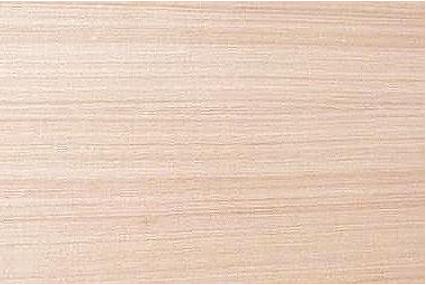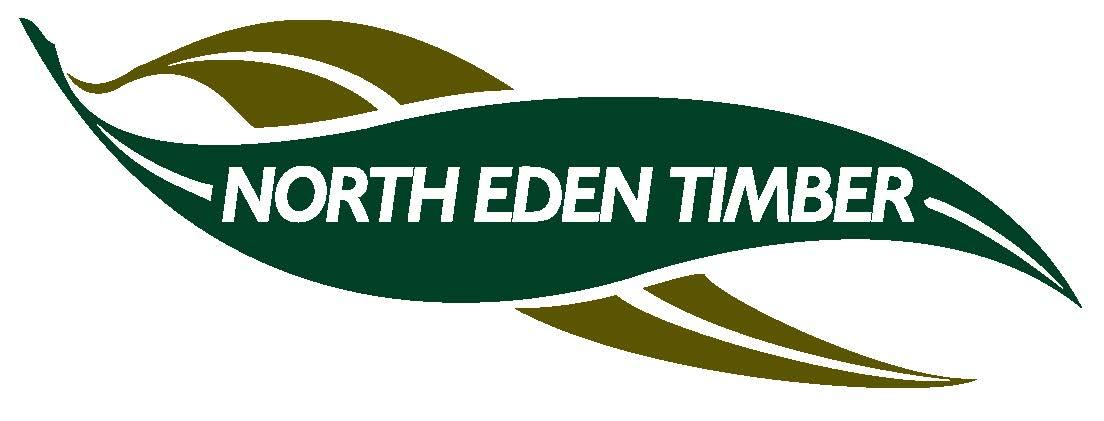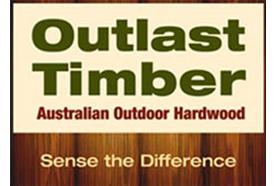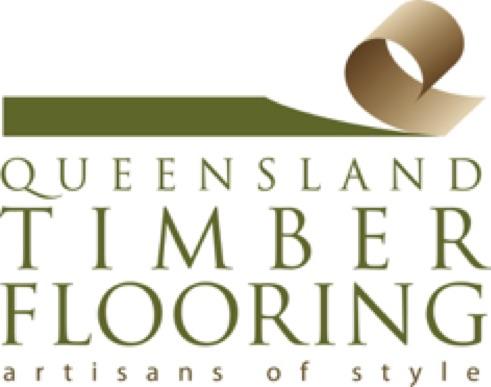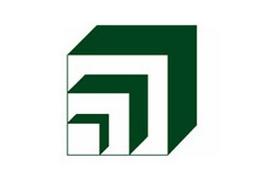Mountain gum is an Australian hardwood timber species, useful for various applications ranging from furniture and flooring to general construction.
White Mountain Gum, Kindlingbark
Eucalyptus dalrympleana
Mountain gum is a hardwood tree reaching heights of up to 50 metres in favourable conditions. It occurs naturally in Queensland, New South Wales, Victoria and Tasmania.
The heartwood of this species is pale pink or pinkish brown in colour; sapwood is visually indistinct. The texture of this straight-grained timber ranges from fine (latewood) to relatively coarse (earlywood). Growth rings are prominent because of the darker latewood.
Due to its moderate hardness and durability, applications of mountain gum timber include general building construction, joinery, flooring and the fabrication of tool handles. Heartwood lacks natural termite-resistance, and untreated sapwood is susceptible to lyctid borer (powder post beetle) attack.
Mountain gum timber products have limited commercial availability.
Shrinkage
| Very Low | Low | Medium | High | Very High | |
|---|---|---|---|---|---|
|
|
|
||||
|
Tangential :
|
11.50% | ||||
|
Radial :
|
5.40% | ||||
|
Unit Movement Tangential:
|
0.35% | ||||
|
Unit Movement Radial:
|
0.22% |
Strength Group
| Very High | High | Reasonably High | Medium High | Medium | Reasonably Low | Low | Very Low | |
|---|---|---|---|---|---|---|---|---|
| Unseasoned: | S1 | S2 | S3 | S4 | S5 | S6 | S7 | S8 |
|
|
||||||||
| Seasoned: | SD1 | SD2 | SD3 | SD4 | SD5 | SD6 | SD7 | SD8 |
|
|
Stress Grade
|
Structural No. 1 |
Structural No. 2 |
Structural No. 3 |
Structural No. 4 |
Structural No. 5 |
|
|---|---|---|---|---|---|
| Unseasoned: | F14 | F11 | F8 | F7 | F5 |
| Seasoned: | F17 | F14 | F11 | F8 | F7 |
Density per Standard
| Seasoned: | 690kg/m3 |
|---|---|
| Unseasoned: | 1150kg/m3 |
Joint Group
| Very High | High | Reasonably High | Medium | Low | Very Low | |
|---|---|---|---|---|---|---|
| Unseasoned: | J1 | J2 | J3 | J4 | J5 | J6 |
|
|
||||||
| Seasoned: | JD1 | JD2 | JD3 | JD4 | JD5 | JD6 |
|
|
Colour
| White, yellow, pale straw to light brown | Pink to pink brown | Light to dark red | Brown, chocolate, mottled or streaky | |
|---|---|---|---|---|
|
|
||||
Mechanical Properties
|
Modulus of Rupture - Unseasoned:
|
64 |
|---|---|
|
Modulus of Rupture - Seasoned:
|
117 |
|
Modulus of Elasticity - Unseasoned:
|
9.5 |
|
Modulus of Elasticity - Seasoned:
|
13 |
|
Maximum Crushing Strength - Unseasoned:
|
30 |
|
Maximum Crushing Strength - Seasoned:
|
57 |
|
Impact - Unseasoned:
|
16 |
|
Impact - Seasoned:
|
8 |
|
Toughness - Unseasoned:
|
Medium - 15 - 24 Nm |
|
Toughness - Seasoned:
|
Medium - 15 - 24 Nm |
|
Hardness - Unseasoned:
|
5.2 |
|
Hardness - Seasoned:
|
5.7 |
Durability
| Low | Moderate | Reasonably High | High | |
|---|---|---|---|---|
| (0 - 5 yrs) | (5 - 15 yrs) | (15 - 25 yrs) | (more than 25 yrs) | |
|
In-Ground:
|
|
|||
| (0 - 7 yrs) | (7 - 15 yrs) | (15 - 40 yrs) | (More than 40 yrs) | |
|
Above ground:
|
|
|||
| (0 - 20 yrs, usually < 5) | (21 - 40 yrs) | (41 - 64 yrs) | (More than 60 yrs) | |
|
Marine Borer Resistance:
|
|
|
Lyctid Borer Susceptibility:
|
Susceptible |
|---|---|
| Lyctid Borer Susceptibility - Other: | |
|
Termite Resistance:
|
Not Resistant |
Fire Properties
| 1 - non-combustible | 2 - reasonably non-combustible | 3 - slightly combustible | 4 - combustible | |
|
Fire Properties Group Number: |
|
| Group Number - Other: | 3 if used on MDF or particleboard ≥12mm; veneer thickness 0.6-0.85mm |
|---|---|
|
Average Specific Extinction Area:
|
<250 |
|
Bushfire Resistance:
|
BAL 12.5 and 19 – Door and window joinery only |
The heartwood of mountain gum, not readily distinguishable from the sapwood, is pale pink or pinkish brown in colour. The texture of this straight-grained timber ranges from fine (latewood) to relatively coarse (earlywood). Growth rings are prominent because of the darker latewood.
Mountain gum timber is suitable for joinery, flooring and general construction applications.
NSW
